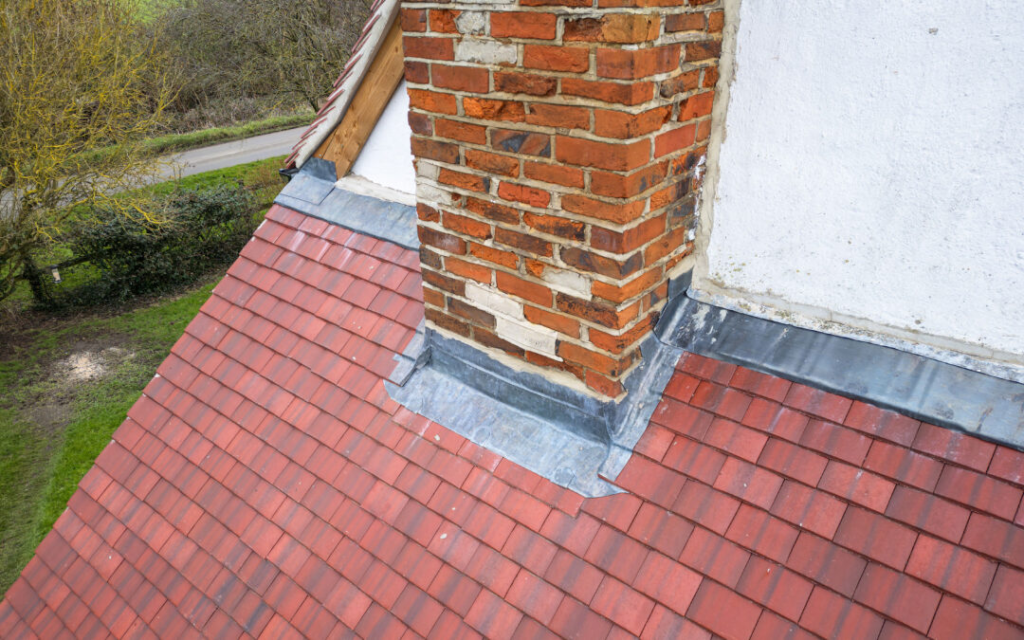
Chimney repair for Rhinebeck, NY is not just a seasonal task—it is an essential responsibility for homeowners who want to keep their property safe, efficient, and ready for harsh winter weather. Rhinebeck’s cold climate, historic homes, and constant temperature changes make chimneys more vulnerable to damage compared to homes in milder regions. When your chimney is not functioning properly, it can lead to dangerous smoke buildup, expensive structural repairs, and even fire hazards. That is why understanding how your chimney works and recognizing early signs of trouble is so important. As winter approaches and temperatures begin to drop, taking proactive steps can help you avoid bigger issues later. Homeowners who stay on top of chimney inspection and maintenance enjoy greater safety, better indoor comfort, and lower long-term repair costs. By learning what to look for, you can ensure your chimney stays in great condition all year long.
Common Early Warning Signs of Chimney Damage
One of the most important parts of chimney repair for Rhinebeck, NY is being able to recognize warning signs before they become expensive problems. Many homeowners do not realize that chimneys can suffer from hidden damage long before anything is visible on the outside. For example, cracks in the masonry, damaged mortar joints, and moisture buildup inside the chimney can go unnoticed for months. These issues can weaken the structure and increase the chance of leaks. Another indicator is a strong odor coming from the fireplace, especially in high humidity. This often means that creosote buildup is blocking airflow or moisture is trapped inside. You may also notice pieces of brick or mortar on the ground near the chimney, which usually signals structural deterioration. If your fireplace starts to smoke back into the home instead of venting properly, this is a serious sign that the flue may be blocked or damaged. These symptoms should never be ignored, especially in older Rhinebeck homes where chimney systems require more attention.
Weather-Related Factors That Affect Chimney Performance
Chimney repair for Rhinebeck, NY is strongly influenced by the region’s weather patterns. Rhinebeck experiences snowy winters, heavy winds, and fluctuating temperatures that can cause masonry to expand and contract. Over time, this movement weakens the chimney structure. Moisture is one of the biggest enemies of a chimney. When water enters cracks in the bricks or mortar joints, it freezes in winter, expands, and creates even larger gaps. This freeze-thaw cycle is extremely common in the Hudson Valley area. Another weather-related issue is the buildup of ice at the top of the chimney, which can prevent proper ventilation. When the chimney cannot exhaust smoke effectively, carbon monoxide and smoke may enter the home. High humidity can also impact the chimney liner, causing rust or corrosion on metal components. Homeowners who understand how weather affects their chimney can take better steps to prevent damage. Scheduling annual inspections and repairs before the cold season helps ensure that the structure remains strong and stable.
How Professional Inspections Help Prevent Costly Repairs
Even when you are familiar with the symptoms, it can still be difficult to identify the exact cause of chimney issues on your own. That is why professional inspections play such a major role in chimney repair for Rhinebeck, NY. Certified chimney experts use specialized tools and cameras to examine hidden areas inside the flue. They can identify issues such as creosote buildup, liner damage, structural weakening, or improper ventilation. Professional inspections also help detect early moisture intrusion, which is one of the most common causes of chimney deterioration in the region. During the inspection, technicians check the chimney cap, flashing, crown, and firebox to ensure every part is functioning correctly. If something is wrong, they can recommend repairs before the damage becomes severe. Many homeowners are surprised to learn that small problems—like a missing chimney cap or loose flashing—can cause thousands of dollars in damage if left untreated. By investing in regular inspections, you reduce long-term repair costs and protect your home from winter-related hazards.
Preparing Your Chimney for Winter in Rhinebeck
Getting your home ready for winter is an important part of chimney repair for Rhinebeck, NY. As the cold weather approaches, your chimney will work harder than ever. That is why homeowners should take steps early in the season to make sure everything is functioning properly. One of the first things you should do is have the chimney cleaned. Over time, creosote buildup can create dangerous blockages. Creosote is highly flammable, and too much of it increases the risk of chimney fires. Cleaning also improves airflow, helping your fireplace heat your home more efficiently. Another important step is sealing any cracks in the chimney’s structure. This prevents water from entering and protects the chimney against the freeze-thaw cycle. Replacing worn-out flashings is also essential, as flashing protects the roof and chimney connection from leaks. If your chimney cap is missing or damaged, installing a new one helps keep out rain, snow, animals, and debris. Preparing your chimney also means checking the liner to ensure it can withstand high temperatures. When you take these steps before winter, you enjoy a safer and more comfortable home throughout the season.
Conclusion
Chimney repair for Rhinebeck, NY is a vital part of keeping your home safe, warm, and ready for winter. When you understand the early warning signs of chimney damage and how local weather affects its performance, you can take steps to prevent bigger problems. Regular inspections, seasonal maintenance, and timely repairs ensure your chimney continues working efficiently. As winter approaches, preparing your chimney becomes even more important, helping protect your home from smoke, carbon monoxide, and costly structural damage. By staying proactive and informed, you can enjoy a comfortable and secure home all year long.






